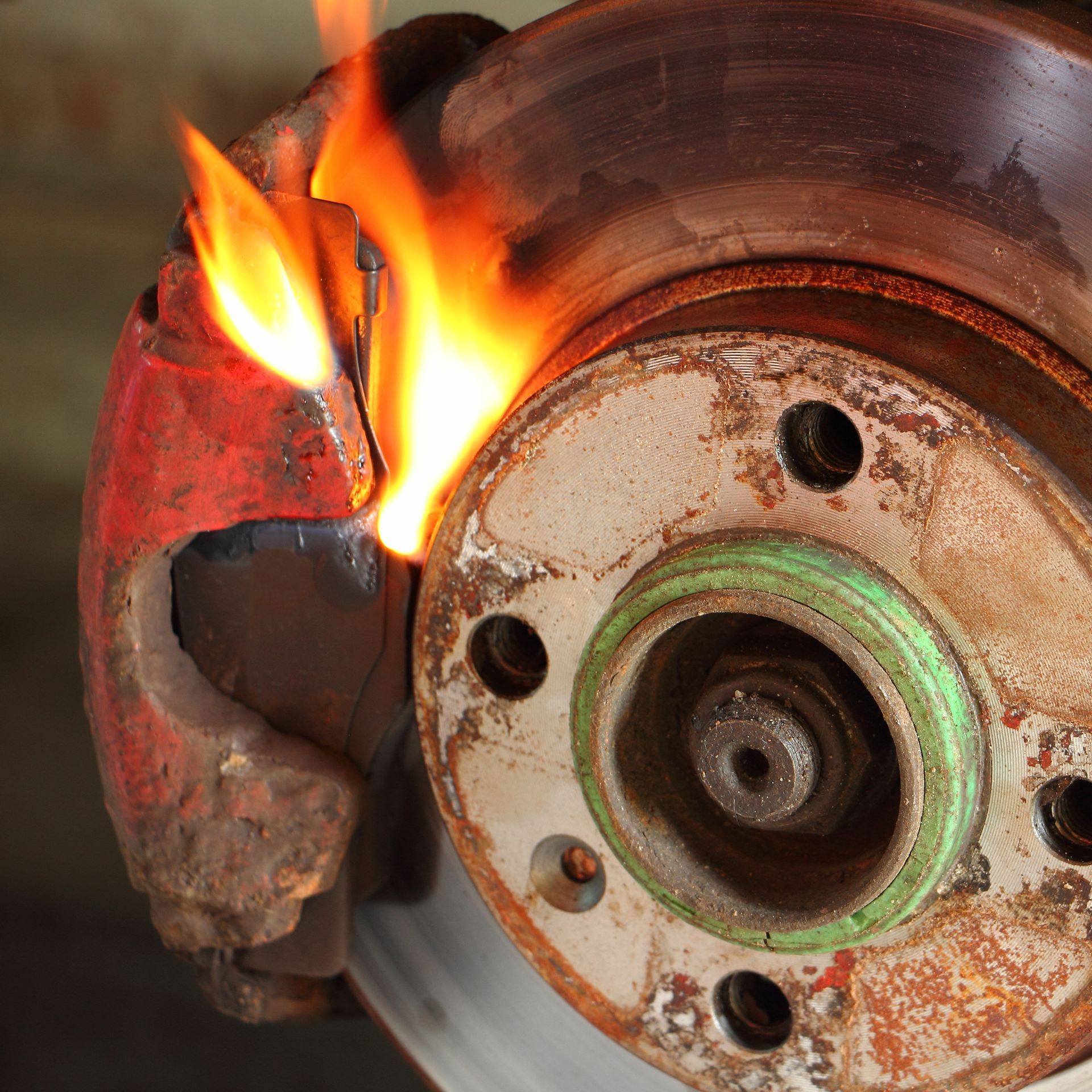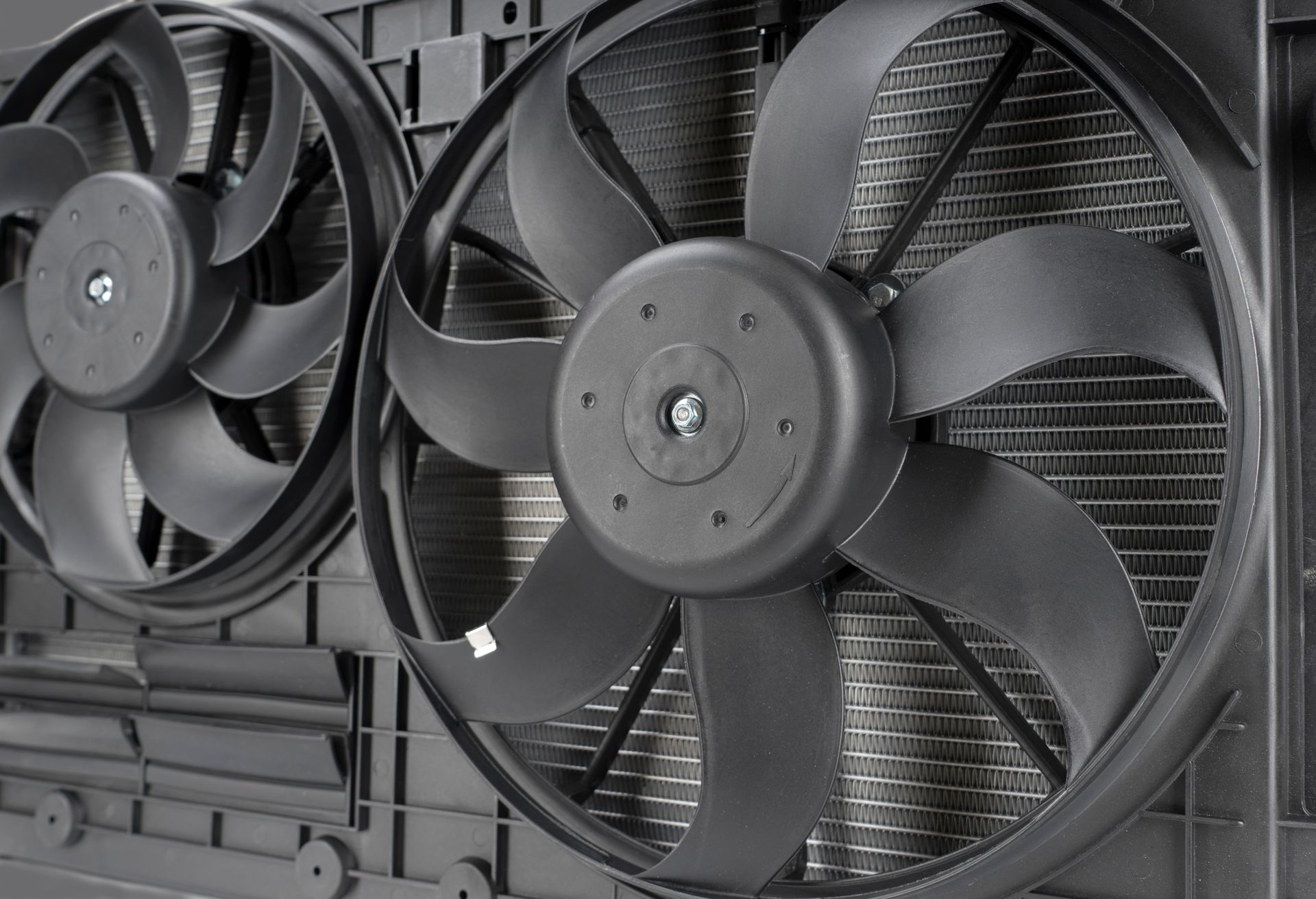The head gasket is essential to your engine, creating a seal between the engine block and cylinder head. It keeps coolant, oil, and combustion gases in their proper channels while allowing the engine to run efficiently. When it fails, it leads to overheating, power loss, and even engine failure.
Catching the signs of a blown head gasket early can help you avoid more serious damage and costly repairs. Here’s how to recognize the warning signs and what to do if you suspect a problem.
White Smoke From the Exhaust
One of the most well-known signs of a blown head gasket is thick white smoke coming from the tailpipe. This occurs when coolant leaks into the combustion chamber and burns along with the air-fuel mixture. The result is a noticeable cloud of white vapor that lingers and increases with engine load.
If you notice this smoke, especially after starting the engine or accelerating, it’s a strong indicator that coolant is getting where it shouldn’t.
Engine Overheating
When the head gasket fails, it often disrupts the flow of coolant through the engine. This can lead to repeated or severe overheating, even if the coolant level appears normal. C combustion gases can sometimes enter the cooling system, creating air pockets that prevent proper circulation.
An overheating engine is never something to ignore. Repeated overheating can warp the cylinder head and cause additional internal damage, turning a repairable issue into a much more expensive one.
Milky Oil or Coolant Contamination
A blown head gasket may allow coolant and oil to mix, which should never happen. If coolant leaks into the oil system, it can create a thick, frothy, or milky-looking sludge that shows up on the dipstick or inside the oil cap.
Conversely, if oil enters the cooling system, you might see a dark, greasy film in the radiator or coolant reservoir. Either sign is a red flag that requires immediate attention to avoid engine failure.
Loss of Engine Power or Rough Running
Because the head gasket also seals the combustion chamber, any breach can reduce compression in one or more cylinders. This leads to rough idling, misfires, and a noticeable drop in engine power.
If your engine feels sluggish, shakes at idle, or accelerates unevenly, a loss of compression from a head gasket issue could be the cause. These symptoms often show up alongside other signs like overheating or white smoke.
Bubbles in the Radiator or Coolant Reservoir
If combustion gases are leaking into the cooling system, they can create bubbles in the radiator or overflow reservoir. You may notice constant bubbling after the engine warms up, even when the vehicle is stationary.
Technicians can confirm this with a chemical test that checks for exhaust gases in the coolant—a reliable method for diagnosing head gasket failure.
Unusual Coolant Loss Without a Visible Leak
If your coolant level keeps dropping but there’s no evidence of an external leak, it could be leaking internally through a blown head gasket. In this case, coolant may burn off inside the engine or get trapped in the oil system.
Frequent top-offs or unexplained coolant loss are signs you should have the engine inspected before further damage occurs.
Auto Tech Specialists Service Center – Reliable Engine Diagnostics in San Diego, CA
At Auto Tech Specialists Service Center in San Diego, we know how serious a blown head gasket can be and how important early detection is. If you’re seeing white smoke, losing coolant, or noticing engine performance issues, our experienced team will perform detailed diagnostics to confirm the issue and walk you through your repair options.
Trust us to get your vehicle back in top shape with expert service and honest answers. Book your inspection today and drive with confidence.










